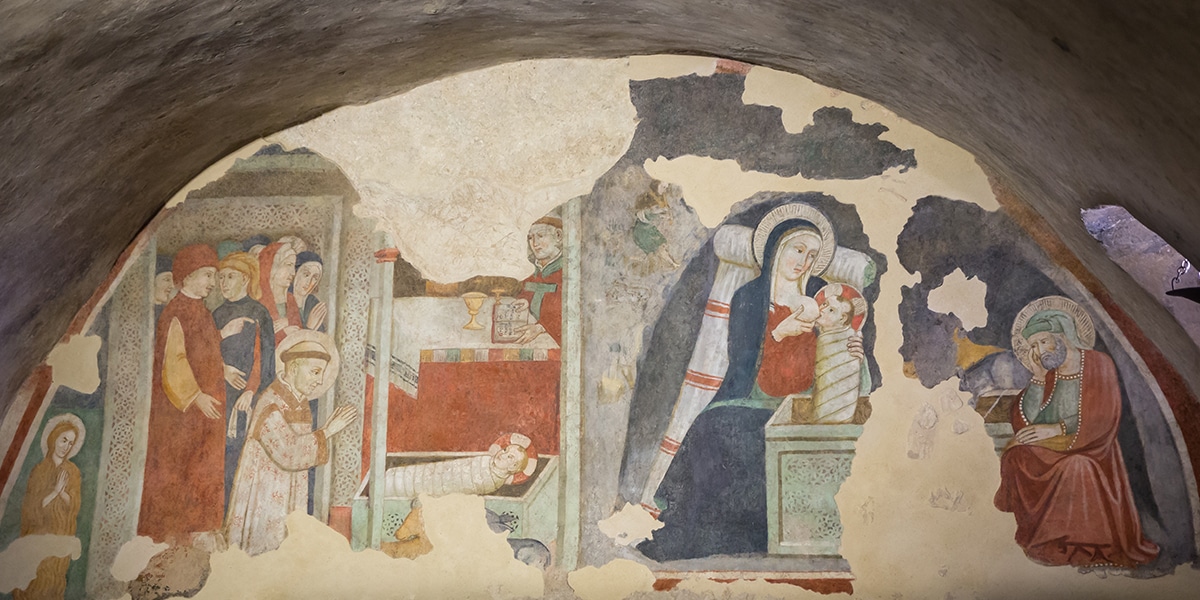I’ve heard different explanations about how the books in the Bible got there. Who chose them and why?
The list of biblical books is called the canon (a Greek word from the Semitic term for a measuring rod). In this context, it’s a measurement of whether the writings called canonical belong to the inspired word of God.
All mainline Christians have agreed since the fourth century about which 27 books belong in the New Testament. Thus, the Gospels of Matthew, Mark, Luke, and John are there, but the Gospels of Thomas, Peter, Mary, and many others are not.
Father Larry Landini, OFM, who taught me Church history over 40 years ago, explained the main criterion for inclusion in the New Testament canon as “whether the Church recognized its faith in that particular writing. ” In the 27 New Testament books, it did; for the others, it did not.
The issue of canonicity became important for mainline Christians because Gnostic Christians in the second century began claiming to possess authentic, inspired writings intended only for those who had knowledge (gnosis) possessed by their elite group of Christians.
The Old Testament canon is slightly more complicated because there are two lists. The older one predates Jesus and includes seven books that were either translated from Hebrew texts or were originally written in Greek. The newer list was drawn up about 70 years after Jesus died and includes only books originally written in Hebrew.
For over 1,000 years, all Christians accepted the older list. When Martin Luther translated the Bible into German, he chose to use the shorter list. Other Protestant translations followed suit, giving the name deuterocanonical (second canon) or sometimes apocrypha (hidden or not genuine) to the seven books and parts of Daniel and Esther.
The term canonical means that a book is recognized as part of God’s inspired revelation in the Scriptures. It does not guarantee that the presumed author was the actual author or that the book was composed when it says it was.
For example, few biblical scholars today accept that the apostle Peter wrote the Second Letter of Peter. The Book of Daniel claims to have been written in the sixth century BC, but the vast majority of Scripture scholars believe that it was written in the second century BC (after the Maccabean wars).
Ultimately, the community of believers has recognized which books belong in the Bible and which do not.








